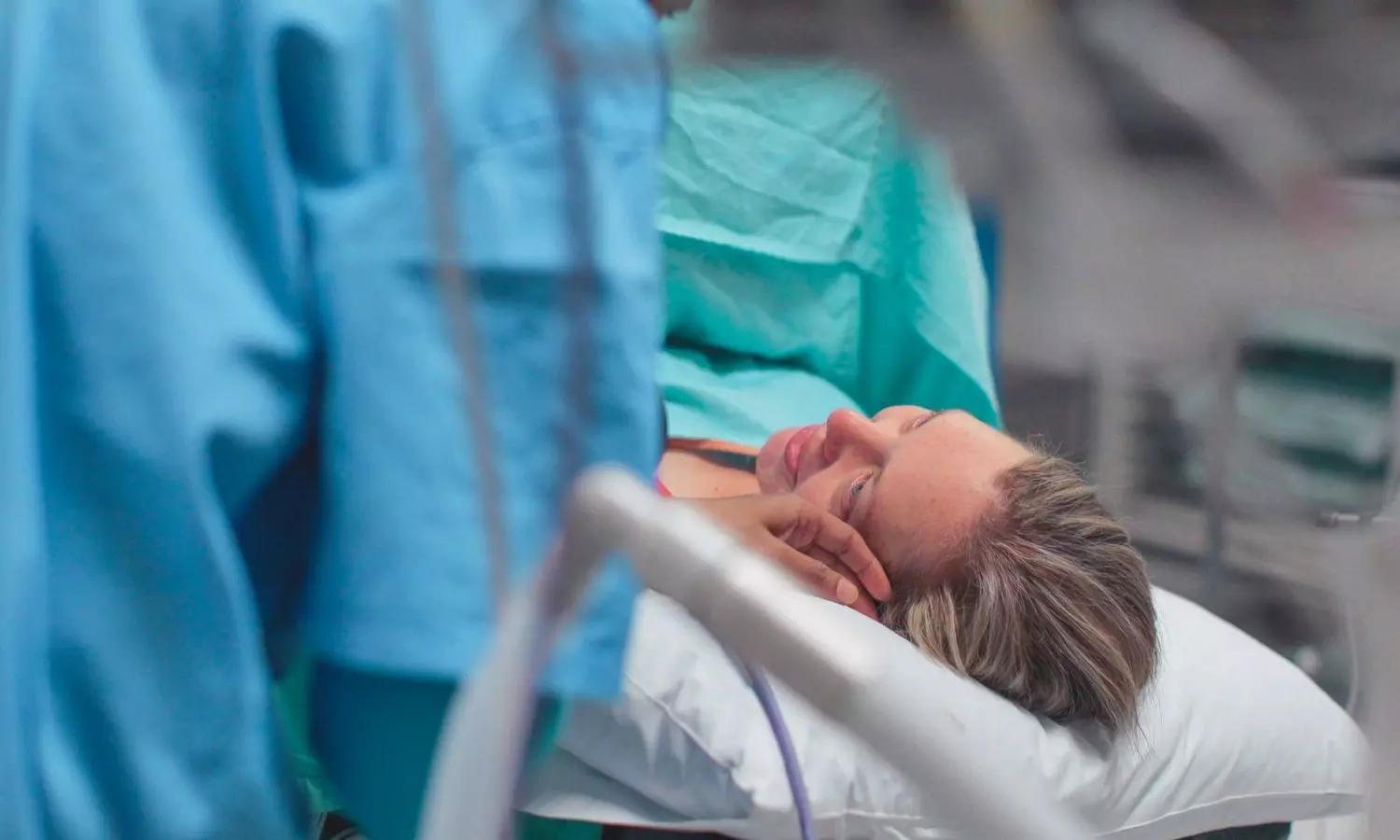Uterine artery embolization: A novel frontier in the treatment of caesarean scar pregnancy
- byDoctor News Daily Team
- 31 October, 2025
- 0 Comments
- 0 Mins

Caesarean scar pregnancy is a rare ectopic pregnancy and the incidence is a rare ectopic pregnancy and the incidence is progressively increasing now a days due to increase in the incidence of caesarean delivery. Caesarean scar pregnancy is due to a defect in the healing process of the previous caesarean section. The increase in mortality due to this diagnosis and lack of knowledge regarding the management strategy. In this conditions, early diagnosis is the main stage of management. The knowledge regarding the types of placenta accrete spectrum associated with caesarean scar pregnancy is a major negative factor for successful outcome. The major factors leading to morbidity are massive haemorrhage, uterine rupture leading to hysterectomy, especially in early trimester. The early diagnostic factor in CSP are detection of the placenta and gestational sac in scar of the uterus (previous surgery), a thin <3mm myometrium lay between the bladder and the gestational sac sometimes maybe adjacent and the gestational sac occupying the niche of the scar initially arterial doppler may show increased vascularity around the chorionic sac and placenta. In the early trimester the uterus is empty and the gestational sac / foetal not may be observed in the yolk sac. The ultrasound examination done in the early first trimester helps in decision-making and to rule out (placenta accrete spectrum) PAS. The new classification of CSP has 3 types according to the location of the sac. The exact location of the gestational sac and the PAS decide the fate of the pregnancy whether to terminate or continue. Although most of CSP are terminated some may have a progressive intrauterine pregnancy resulted in live birth. CSP is an ectopic pregnancy located in the scar of the previous caesarean section. There are multiple risk factors for CSP like curettage, myomectomy, manual removal of placenta and in vitro fertilization. CSP can occur in the lower segment of the uterus due to defect in developmental anomaly. Transvaginal ultrasound is the diagnostic investigation to pick up the condition early. It is very significant to diagnose an early pregnancy to avoid complications like uterine rupture, which can lead to severe haemorrhage and hysterectomy especially associated with the placenta accrete spectrum. Three-dimensional (3D) ultrasound and color doppler are the gold standard for CSP diagnosis. Uterine artery embolization (UAE) especially is one of the best methods for the treatment of CSP. It can be done alone or with other procedures in the treatment of CSP. It saves the life and avoids massive blood loss. Authors aimed to analyse various studies and report the overall success rate for UAE in CSP treatment in this study to depict the final outcome. A comprehensive search across PubMed, Google Scholar and Scopus yielded 4844 records out of which 9 studies were finally selected of which 8 studies were selected for meta analyses. SPSS version 28 and R Studio were used for data analysis and graph preparation respectively. The overall success rate for UAE treatment for CSP patients came out to be 94.61%. It should be mentioned that among the studies in this review, a 100% success rate was observed in a pilot series of 10 patients, as presented by an author, Pecorino. This result reveals that the UAE may be an extremely effective curative therapy for CSP in well-selected cases, especially where traditional methods are more risky, and is consistent with the typically high success rates reported in the studies reviewed. The management of caesarean scar pregnancy (CSP) through uterine artery embolization (UAE) was well documented, with significant findings on its efficacy and safety coming to light. This review included maximum studies from China which is a densely populated nation like India. The aim of study was to analyse the significant role of UAE and its success rate in the treatment of CSP. Further efforts should be made in a country like ours with a population pattern similar to China where the caesarean rates are high and the incidences of CSP are equally high to induce training, infrastructure and skills for implementing this procedure to observe better outcomes. Additionally, future research in this field would be extremely useful. This study seeks to enkindle the enthusiasm in the young researchers to conduct further longitudinal studies in the future to come up with brilliant and promising results along with artificial intelligence tools to improve accuracy in early diagnosis and treatment.
Disclaimer: This website is designed for healthcare professionals and serves solely for informational purposes.
The content provided should not be interpreted as medical advice, diagnosis, treatment recommendations, prescriptions, or endorsements of specific medical practices. It is not a replacement for professional medical consultation or the expertise of a licensed healthcare provider.
Given the ever-evolving nature of medical science, we strive to keep our information accurate and up to date. However, we do not guarantee the completeness or accuracy of the content.
If you come across any inconsistencies, please reach out to us at
admin@doctornewsdaily.com.
We do not support or endorse medical opinions, treatments, or recommendations that contradict the advice of qualified healthcare professionals.
By using this website, you agree to our
Terms of Use,
Privacy Policy, and
Advertisement Policy.
For further details, please review our
Full Disclaimer.
Recent News
Scientists discover a hidden antibiotic 100 times...
- 31 October, 2025
Gut microbes may convert fiber into extra calories...
- 31 October, 2025
Who's eligible for faculty appointment? NMC clarif...
- 31 October, 2025
AMU JN Medical College launches code blue emergenc...
- 31 October, 2025
Daily Newsletter
Get all the top stories from Blogs to keep track.


0 Comments
Post a comment
No comments yet. Be the first to comment!